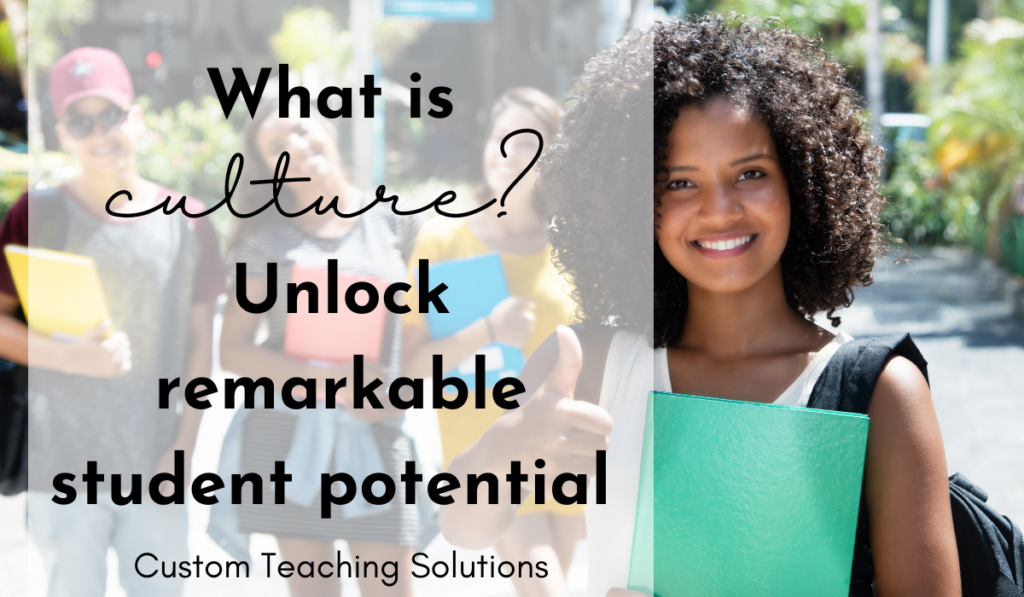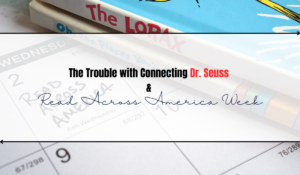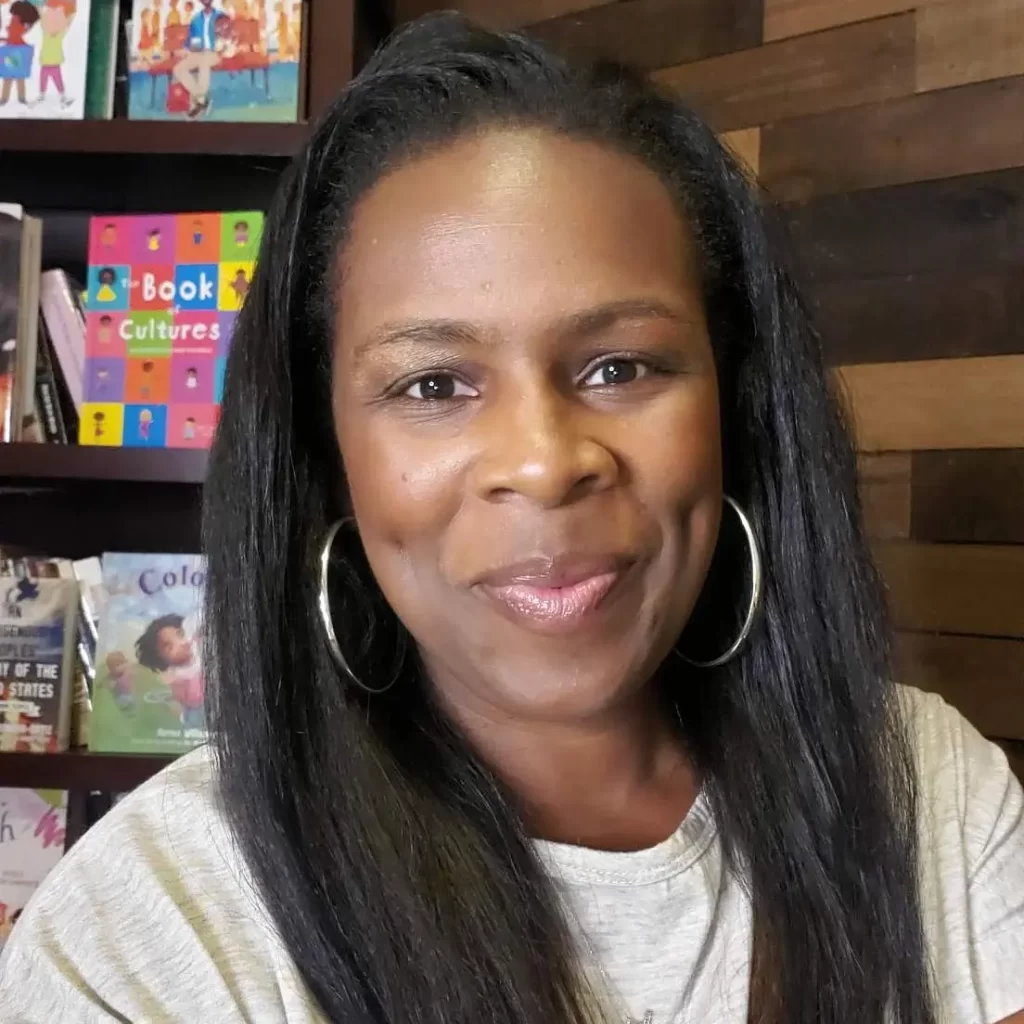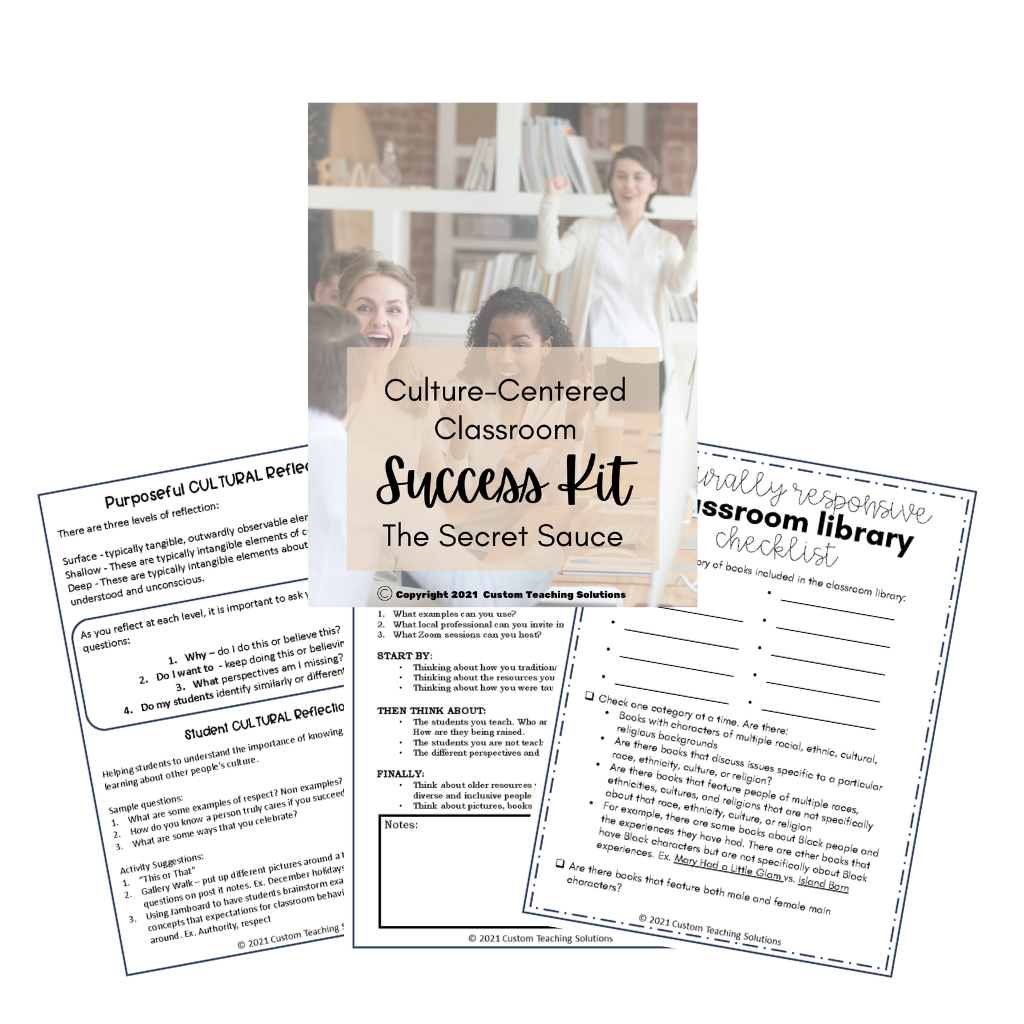What do you think of when you hear the word culture?
When I think about the word culture, I imagine a network of all the individual pieces that make up a person’s life story. I think of the cultural traditions and beliefs and practices of different people that make our world beautiful.
Culture is all the things that are different, but also all the things that are familiar. Culture is home. It is safety and comfort.
Many times when I ask teachers this question during a workshop, the first three responses are race, ethnicity, and religion. Then food, music, clothes.
So many times, the word culture is synonymous with foreign people, places, and things.
Is that what you think of when you hear the word culture?
All of Your Students are Culturally Diverse
According to Merriam-Webster, culture is:
- the customary beliefs, social forms, and material traits of a racial, religious, or social group
- the set of shared attitudes, values, goals, and practices that characterizes an institution or organization
- the set of values, conventions, or social practices associated with a particular field, activity, or societal characteristic
- the integrated pattern of human knowledge, belief, and behavior that depends upon the capacity for learning and transmitting knowledge to succeeding generations
- a: enlightenment and excellence of taste acquired by intellectual and aesthetic training
b: acquaintance with and taste in fine arts, humanities, and broad aspects of science as distinguished from vocational and technical skills
- the act or process of cultivating living material (such as bacteria or viruses) in prepared nutrient media
I like this definition because it embodies a more complete definition and allows for a fuller understanding, which can open the door for more conversations.
So, when thinking about our students, it is important to understand that just because all of your students identify the same way racially, does not mean they are culturally the same.
All of your students are culturally diverse, regardless of racial, ethnic, or religious similarities.
You can create a culture-centered, culturally responsive, diverse, and inclusive classroom if all of you students are white or all of your students are Black or all of your students are Muslim or all of your students are Hispanic.
All in one category, does not mean all in every category.
Culture is…
Culture is tangible and intangible. It is the why behind the what. Culture is the how and sometimes the when. Culture is the key to understanding our students. It is the key to creating classrooms where students thrive because they do not need to hide who they are in order to be accepted and included and valued.
Culture is the key to designing lessons that bring about learning that can be applied for a lifetime.
Culture is the key to differentiation and personalized learning and social emotional stability and authentic relationship building.
Our students’ culture impacts who they are as learners. Culture impacts the way our students engage with the content and their classmates. The way students are raised, the experiences that they have or do not have are a part of their cultural make up.
Maybe you can’t see it in your students, but stop for a second and think back to when you were a student. When you first started school you were more than likely dressed in clothes that your guardian selected. Was that outfit similar to what all the other children wore? How did you feel in that outfit?
Did you know how to read and write when you started Kindergarten? Why? Who taught you?
Did you bring a bag lunch? What was in the lunch? Did you buy lunch? Why?
Did you ride the bus or were you driven by the aforementioned guardian to school? When you were old enough to drive, did you? Did you get a car?
Did you attend after school care?
How many times did you switch schools? Move from state to state?
Did you primarily speak a different language at home than you did at school?
Were you rewarded for “good” grades? How?
Okay, I think you get the point. As a teacher you know that your students’ culture – their home life, experiences dictated by socioeconomic status, number of siblings, religious beliefs, friend group, etc all impacts who they are as students because these things impacted you as a student.
Before a student ever enters a school building, they begin to understand their worth and understand their place in this world according to x,y,z standards. Students understand the value of education – some greater, some less than. Before students go to school, they are taught to interact with different types of adults in different situations. All of these “understandings”, these cultural norms and expectations may be different from the “understandings” that you had growing up. These “understandings” may stand in direct conflict of your cultural beliefs, norms, and expectations.
Once students enter school, they see if and how the things that they are taught to value outside of school line up with what the Teacher or Principal or Textbook says are valuable. Students then decide to engage or disengage. They choose to segment school learning from life learning.
Allowing Authentic Culture
School + culture = something new and unfamiliar to these students. School culture is a real thing that often collides with a student’s authentic culture. It is often viciously dejects authentic culture. It attempts to snuff out authentic culture and force it to assimilate to the thinking of those in power.
So, what is step one? What does understanding culture to unlock exciting and remarkable student potential look like?
Well, it looks like intentionally creating spaces where students can be their authentic selves and therefore achieve academic success.
To understand what creating an inclusive space that permits your students to show up as their authentic selves looks like, start by thinking about your own culture. Think about if you were able to show up as your authentic self at school? Did you see your authentic self represented in the textbooks and library books, and school celebrations, and school appointed days off?
Were you able to speak your heart language, your home language, or use a dialect that was comfortable and familiar?
Where was your authentic culture represented in the classroom and lessons?
Then, think about your students? Are you perpetuating a system that is snuffing out their authentic culture in favor of your own cultural beliefs and understandings or the cultural beliefs and understandings of the current power structure?
Culture. One word with the power to shift the atmosphere in your classroom. A word that can change lives because children feel comfortable to be themselves. One word with major impact.







2 thoughts on “What is Culture? How can it help unlock exciting and remarkable student Potential?”
Learned a lot today! Keep up writing some more of this very beneficial content.
Pingback: Can math really be culturally relevant? Three Tips for success - Custom Teaching Solutions